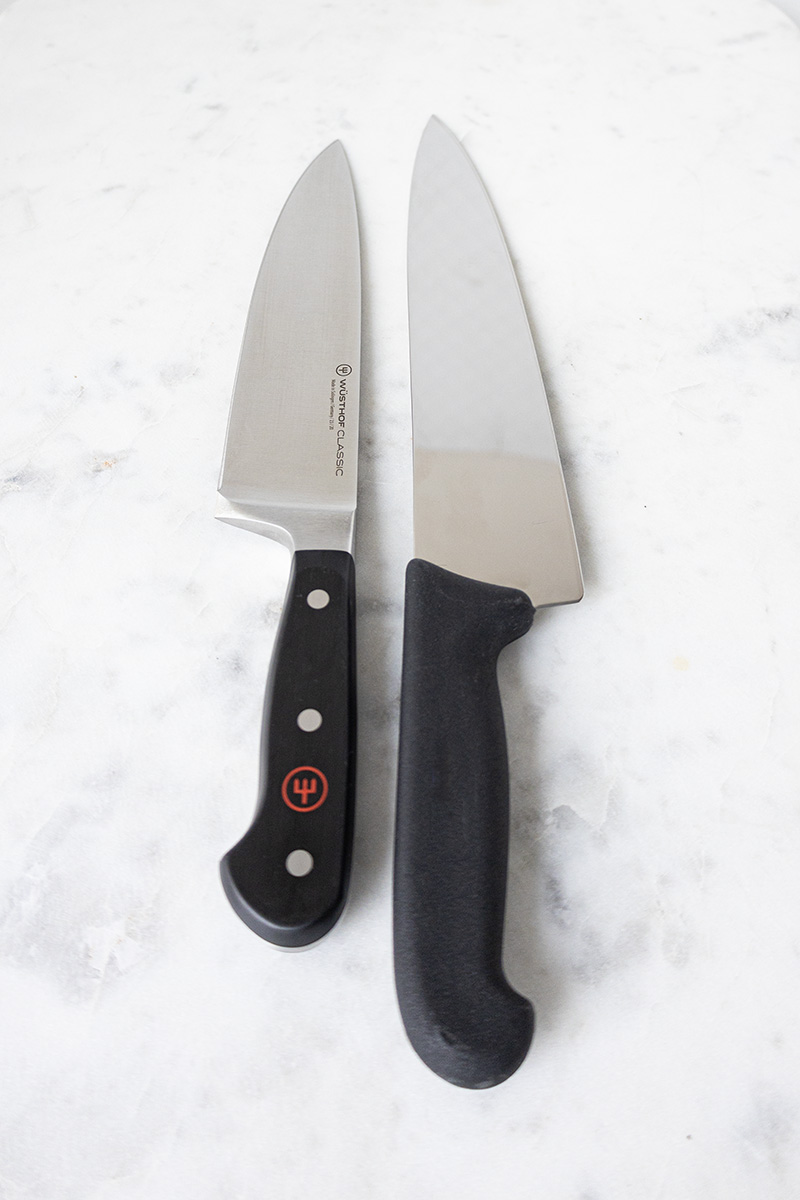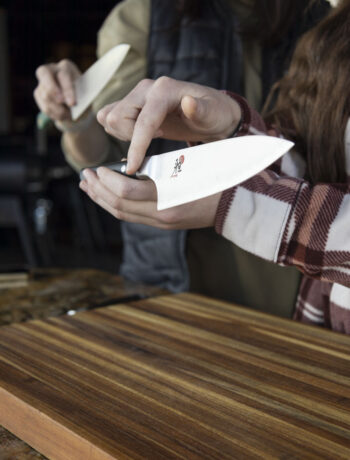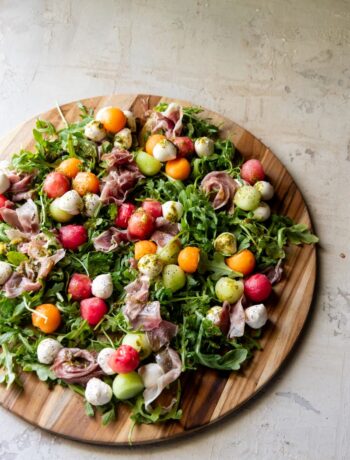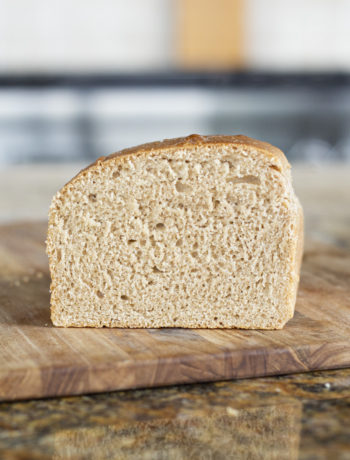When it comes to purchasing a high-quality chef’s knife, one of the most important decisions you’ll make is choosing the right blade materials. The type of steel or material used in your knife’s construction can significantly impact its performance, durability, and maintenance needs. With so many options on the market, it can be a bit overwhelming to figure out which material is best for your kitchen. But don’t worry! We’ve broken down the most popular Chef’s knife blade materials to help you make an informed decision.
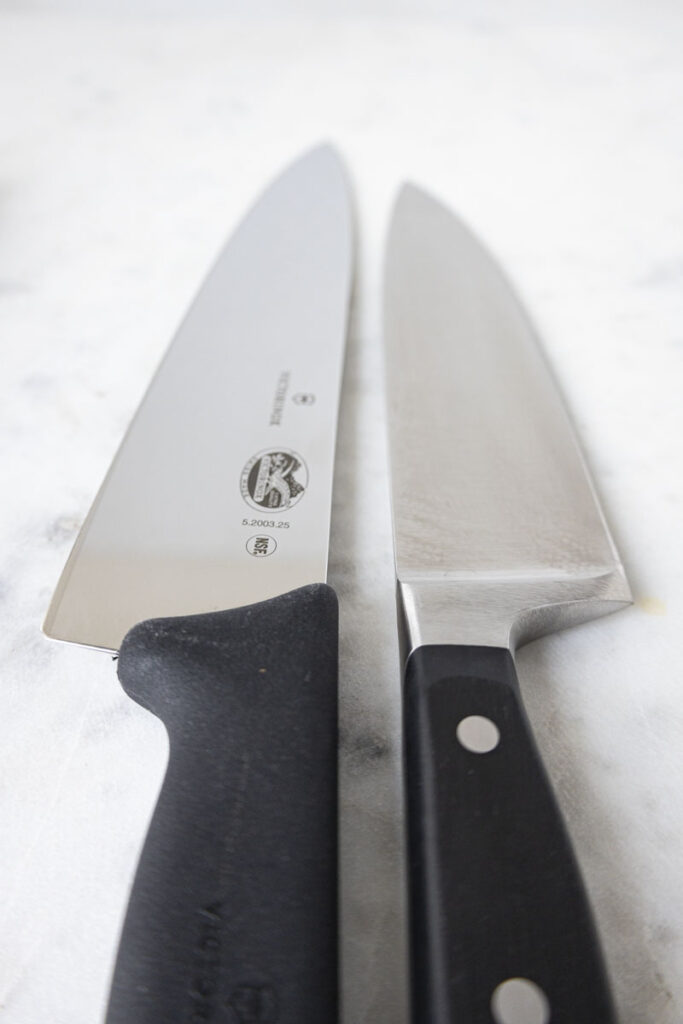
1. Stainless Steel: The Reliable All-Rounder
Best for: Everyday use, low-maintenance care
Stainless steel is the most common material used in Chef’s knives and is often favored for its durability, ease of maintenance, and resistance to rust. This steel is an alloy of iron mixed with carbon and chromium, which helps it resist corrosion, stains, and discoloration.
Pros:
- Corrosion-resistant: Stainless steel doesn’t rust easily, making it a great option for busy kitchens or humid environments.
- Low maintenance: Because it’s resistant to rust and staining, it requires less frequent maintenance than other types of steel.
- Versatility: Suitable for a wide range of kitchen tasks, from chopping vegetables to slicing meats.
Cons:
- Edge retention: While stainless steel blades can hold a sharp edge, they typically require more frequent sharpening compared to other materials like carbon steel.
- Brittleness: Some cheaper stainless steel blades may be prone to chipping if dropped or misused.
2. Carbon Steel: The Sharpest of the Bunch
Best for: Home cooks and chefs who value sharpness and are willing to maintain their knives
Carbon steel is a popular choice among professional chefs due to its ability to take and hold a very sharp edge. It’s made by combining iron and carbon with very little chromium, which makes it prone to rust but also incredibly hard and sharp.
Pros:
- Incredible sharpness: Carbon steel knives can be sharpened to an extremely fine edge, making them ideal for precise, delicate cutting tasks.
- Edge retention: Carbon steel blades tend to stay sharper for longer than stainless steel.
- Easy to sharpen: These knives are easy to sharpen by hand, which is a major advantage for those who like to maintain their tools themselves.
Cons:
- Prone to rust and discoloration: Carbon steel is more susceptible to rust and staining, so it requires careful maintenance. Regular cleaning, drying, and oiling are essential to keep it in good condition.
- Requires regular maintenance: You’ll need to hone and sharpen your knife more frequently to maintain its edge, which can be a dealbreaker for some.
3. High Carbon Stainless Steel: The Best of Both Worlds
Best for: Those looking for high performance without sacrificing low-maintenance
High carbon stainless steel combines the best features of carbon steel and stainless steel. By adding carbon to the stainless steel alloy, manufacturers create a blade that offers both corrosion resistance and the ability to hold a sharp edge. This material is found in many high-end kitchen knives.
Pros:
- Durability and sharpness: High carbon stainless steel knives have excellent edge retention and can be made razor-sharp, while also being resistant to rust and stains.
- Low maintenance: Unlike carbon steel, high carbon stainless steel is less prone to corrosion, making it a good option for those who want a sharp knife with minimal upkeep.
Cons:
- Price: High carbon stainless steel knives are typically more expensive due to the complex manufacturing process.
- Not as sharp as pure carbon steel: While it holds an edge well, it doesn’t reach the level of sharpness that carbon steel knives can achieve.
4. Ceramic: The Light and Super Sharp Option
Best for: Cooks who want a low-maintenance, lightweight knife for specific tasks
Ceramic knives are made from zirconium dioxide, a very hard and non-metallic material. These knives are often marketed as the ultimate in sharpness and cleanliness. They’re usually lighter than their steel counterparts, making them easy to handle for longer periods.
Pros:
- Super sharp: Ceramic knives are known for their incredibly sharp edges that can last much longer than traditional steel knives without needing to be sharpened.
- Corrosion-resistant: Because ceramic is non-metallic, these knives don’t rust or stain.
- Lightweight: Ceramic knives are lighter than steel knives, which makes them easier to use for delicate tasks or extended periods.
Cons:
- Brittleness: Ceramic blades are very hard but also more prone to chipping or breaking if dropped or used improperly (e.g., cutting hard bones).
- Not versatile: While great for slicing vegetables or boneless meats, ceramic knives aren’t ideal for all tasks, like cutting through tough items (bones, frozen foods, etc.).
5. Titanium-Coated Steel: The Durable Alternative
Best for: Those who want a durable, rust-resistant knife that’s easy to maintain
Titanium-coated knives are made by covering a steel blade with a layer of titanium. This coating makes the blade highly resistant to corrosion and rust, without compromising on strength. It’s a popular choice for those who want a knife that looks sleek and lasts for a long time.
Pros:
- Rust and stain resistant: The titanium coating helps prevent rust and staining, making it low-maintenance.
- Lightweight: Titanium-coated knives are often lighter than traditional steel knives.
- Durability: The coating helps the knife resist corrosion and keeps the blade intact for a longer time.
Cons:
- Edge retention: While the coating improves rust resistance, it doesn’t enhance sharpness or edge retention as much as high-quality stainless or carbon steel.
- Coating wear: Over time, the titanium coating can wear off, which may reduce the knife’s effectiveness.
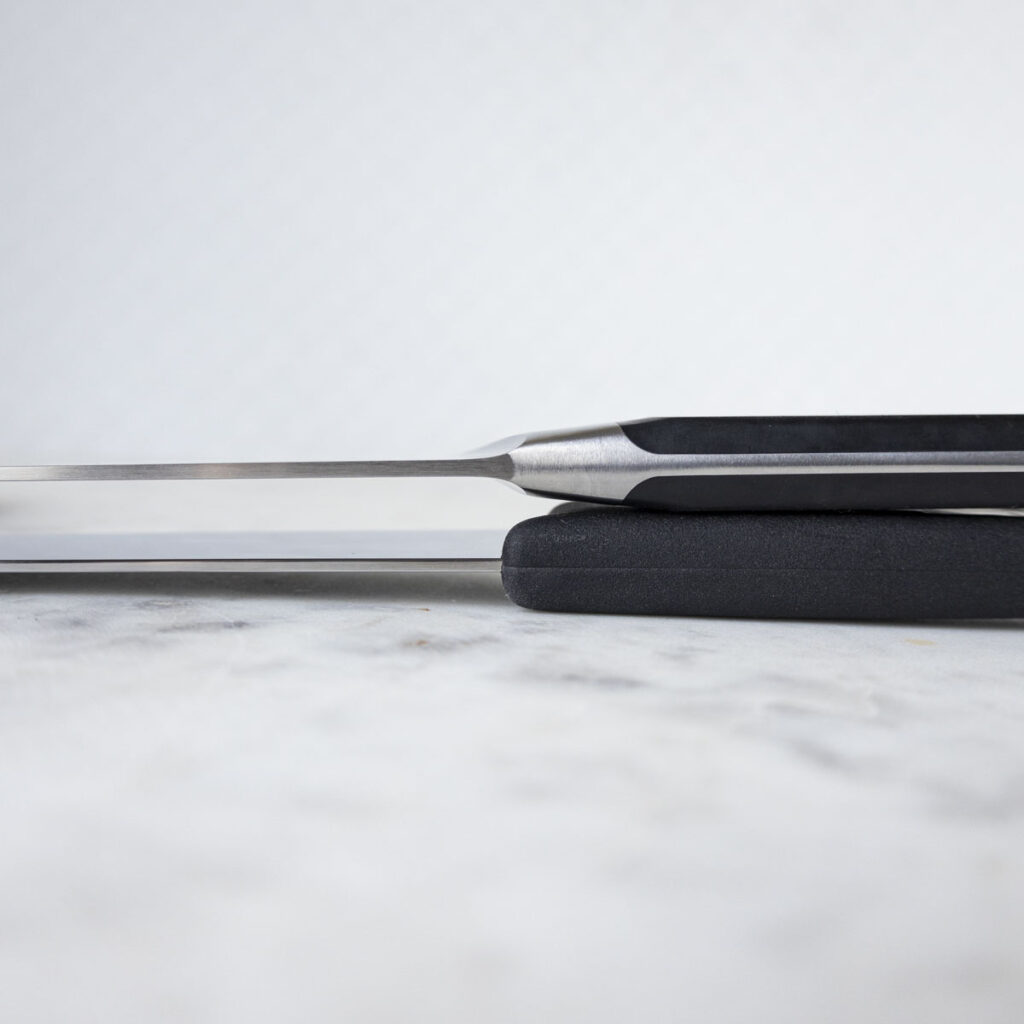
Conclusion: Which Blade Material is Right for You?
Choosing the right blade material for your chef’s knife depends on your cooking habits, maintenance preferences, and budget. If you’re looking for a low-maintenance, versatile option, stainless steel or high carbon stainless steel might be the best choice. However, if you’re after a super sharp edge and are willing to maintain your knife, carbon steel could be perfect for you.
Ceramic knives are a great choice for specialized tasks, but their fragility may make them less ideal for everyday use. Titanium-coated knives offer a durable and rust-resistant option but may not stay as sharp as steel-based blades.
“Your ideal Chef’s knife depends on your needs:
🔪 Durability? Stainless Steel
🔪 Precision? Carbon Steel
🔪 Low-maintenance? High Carbon Stainless Steel
🔪 Lightweight? Ceramic
🔪 Easy-care? Titanium-Coated Steel”
Ultimately, the best blade material comes down to your personal preference and how much care you’re willing to invest in your knives. No matter which blade material you choose, a good Chef’s knife will be a game-changer in your kitchen—whether you’re slicing, dicing, or chopping your way to delicious meals. So come in and check out our assortment of knives and find one that suits your needs.

